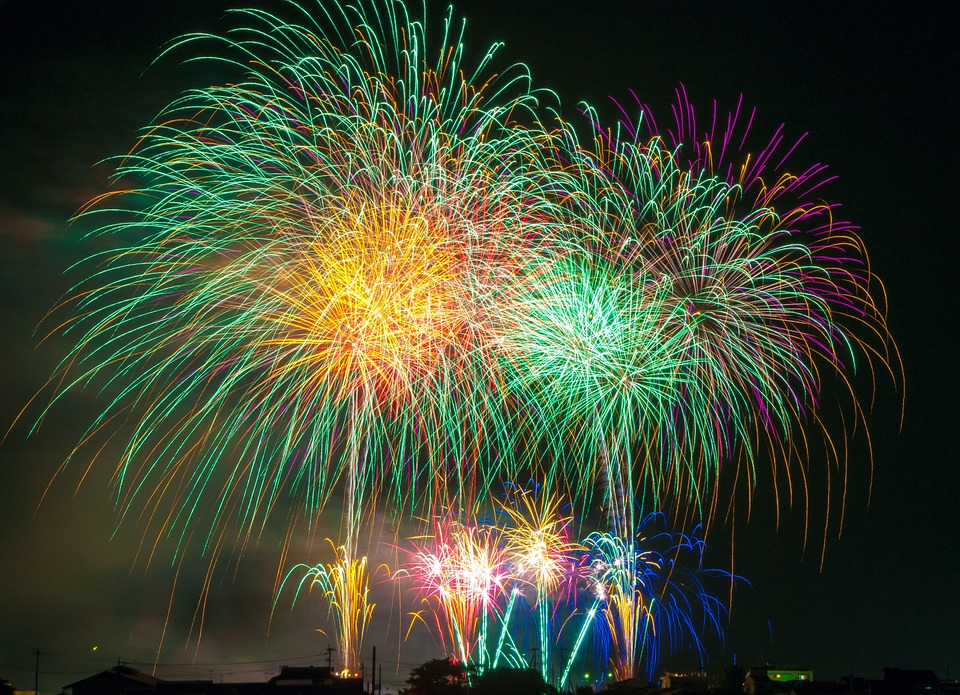Highland dancing is a traditional Scottish dance that has been performed for centuries. It is often accompanied by the skirl of the bagpipes and is a popular feature at Highland games and other Scottish cultural events. The dance is known for its fast-paced and energetic movements, as well as its intricate footwork and use of props such as swords and shields. Highland dancing requires a great deal of skill, strength, and stamina, making it a challenging and impressive art form to master.
Highland dancing is a traditional Scottish dance that has been performed for centuries. It is often accompanied by the skirl of the bagpipes and is a popular feature at Highland games and other Scottish cultural events. The dance is known for its fast-paced and energetic movements, as well as its intricate footwork and use of props such as swords and shields.
Highland dancing requires a great deal of skill, strength, and stamina, making it a challenging and impressive art form to master. Dancers must have excellent control over their movements and be able to perform precise footwork while maintaining an upright posture and projecting a sense of strength and confidence.
History
The origins of Highland dancing can be traced back to at least the 15th century, and possibly earlier. It was originally performed by men as a way to demonstrate their strength, agility, and stamina, particularly in battle. Over time, the dance evolved to include more intricate movements and became a form of entertainment at social gatherings and competitive events.
Technique
Highland dancing is characterized by its precise footwork, which includes steps such as the Highland Fling, the Sword Dance, and the Seann Triubhas. Dancers must also be able to perform leaps, kicks, and turns with precision and rhythm. The use of props such as swords and shields adds an additional level of complexity to the dance, requiring dancers to exhibit skill and dexterity in their movements.
Costumes
Highland dancers wear traditional Scottish attire, including kilts, tartan hose, and ghillie brogues. Female dancers may also wear a bodice and blouse, while male dancers typically wear a jacket or vest. The costumes are often adorned with intricate embroidery and other decorative elements, adding to the visual appeal of the dance.
Popularity
Highland dancing is popular not only in Scotland, but also in other parts of the world with strong Scottish heritage, such as Canada, the United States, and Australia. Many dancers begin learning the art form at a young age through dance schools and community organizations, and some go on to compete in regional, national, and international competitions.
Conclusion
Highland dancing is a rich and vibrant tradition that continues to captivate audiences with its blend of athleticism, artistry, and cultural significance. The dance is a testament to the enduring spirit of Scottish heritage and serves as a powerful expression of national pride and identity.
FAQs
Q: What is the significance of the bagpipes in Highland dancing?
A: The bagpipes are an integral part of Highland dancing, providing the lively and stirring music that accompanies the dancers’ movements. The skirl of the bagpipes adds to the dramatic and emotional impact of the dance, and its distinct sound is closely associated with Scottish culture and tradition.
Q: Are there different styles of Highland dancing?
A: Yes, there are various styles and techniques within Highland dancing, and different dances may be performed depending on the occasion or setting. Some styles emphasize intricate footwork and precise movements, while others may incorporate more dramatic and expressive elements. However, all styles share a common foundation in Scottish heritage and tradition.






